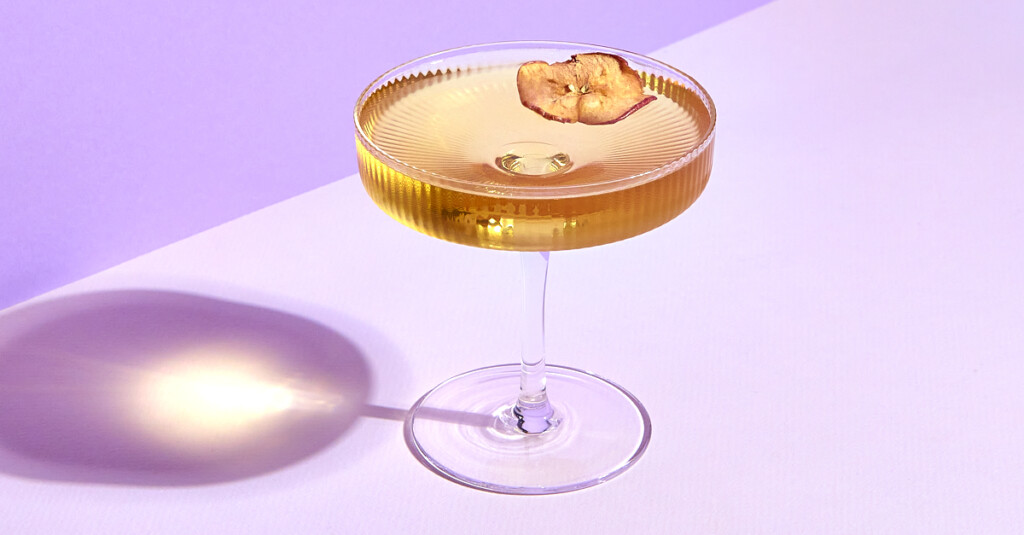The Story Behind The Angel Face
More than just an old-school term of endearment, the Angel Face is a stiff, fruity, spirit-forward cocktail, mixing dry gin, Calvados, and apricot liqueur.
Like many Prohibition-era cocktails, the Angel Face’s exact origins are unknown, though the cocktail first appeared in print in bartender Harry Craddock’s “The Savoy Cocktail Book” in 1930. As for the name, the most accepted theory is that it’s a nod to Abe “Angel Face” Kaminsky, a Detroit mobster who made his living robbing speakeasies. Despite his cutesy moniker, Kaminsky practiced brutal tactics, barging into clandestine bars and demanding money from the owners at gunpoint.
The cocktail itself boasts two sweet components as key players in its build. One of which, Calvados, is a French brandy made from apples and/or pears. Like Cognac, Calvados is region-specific; it must be made in Normandy where the climate and terroir are much more suited to apple and pear growth than grapes. While American Applejack appears in many Angel Face recipes, Calvados imparts a more complex profile to the drink. Meanwhile, the apricot liqueur weaves in a bright, juicy punch to each sip despite the stone fruit’s generally low sugar content.
A proper Angel Face should present an even balance between dry and sweet, so if the result skews slightly sweet for your palate, try using apricot brandy in place of the liqueur, or up the gin by a little bit. Though Craddock’s recipe calls for shaking the cocktail with ice, modern interpretations generally suggest stirring, as is the norm with most spirit-only mixed drinks.



